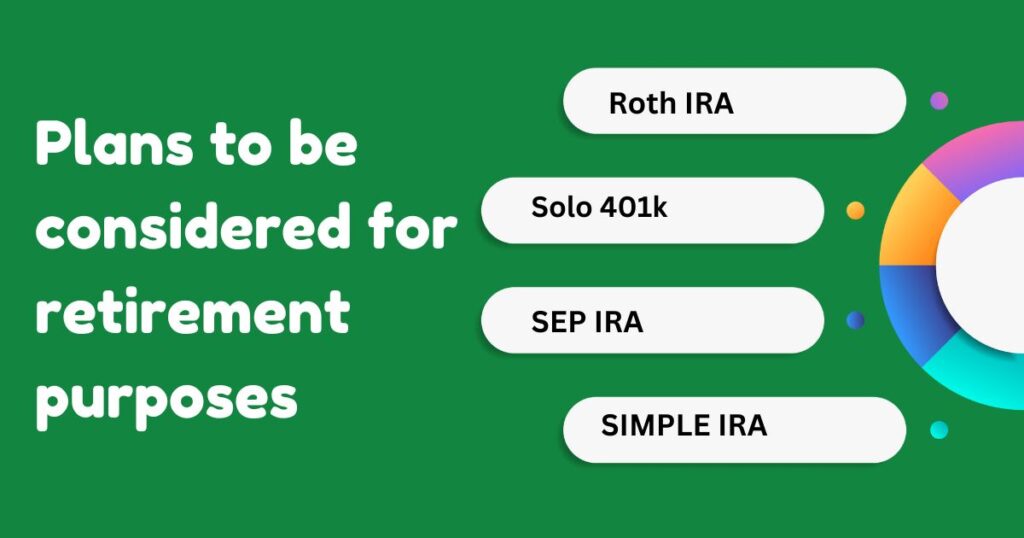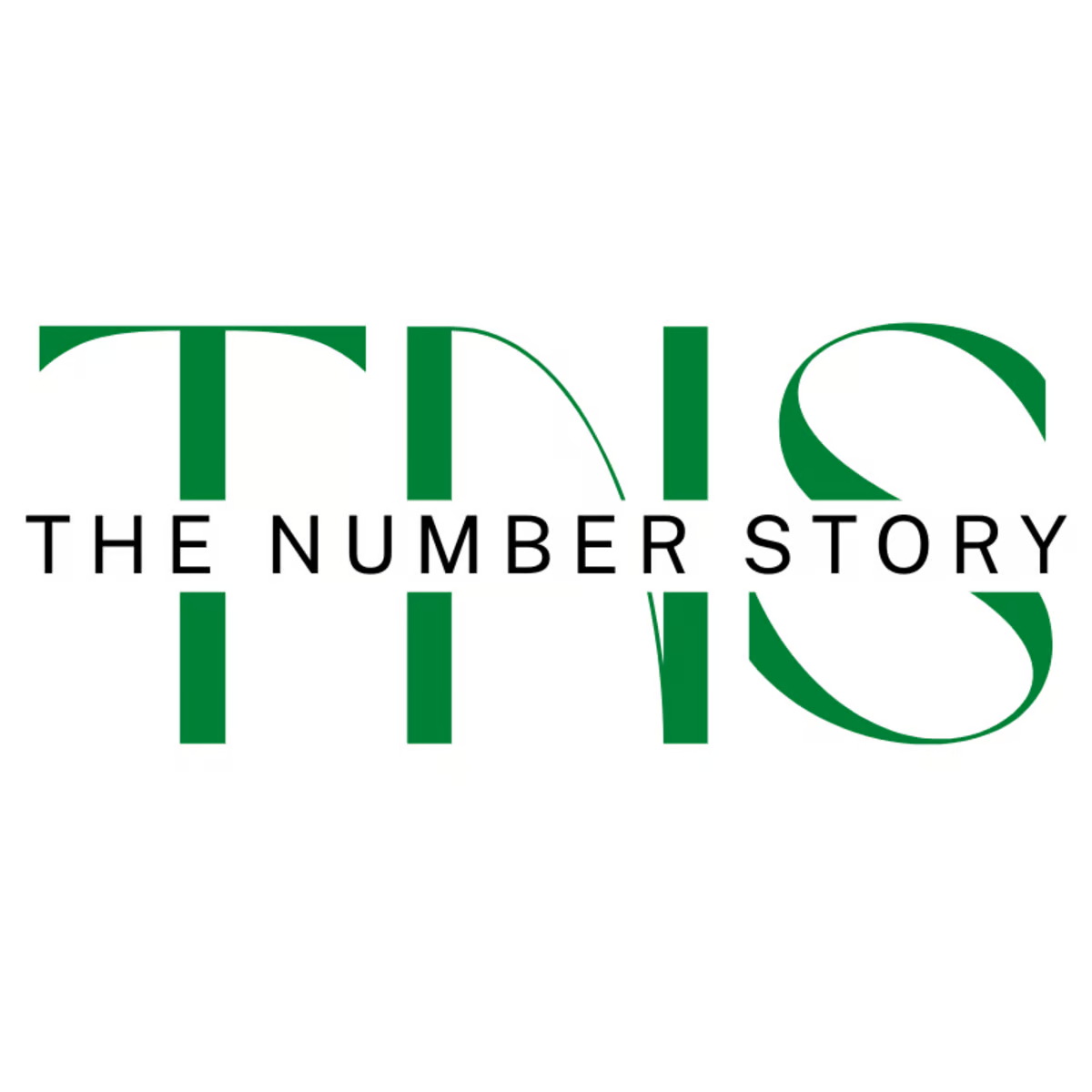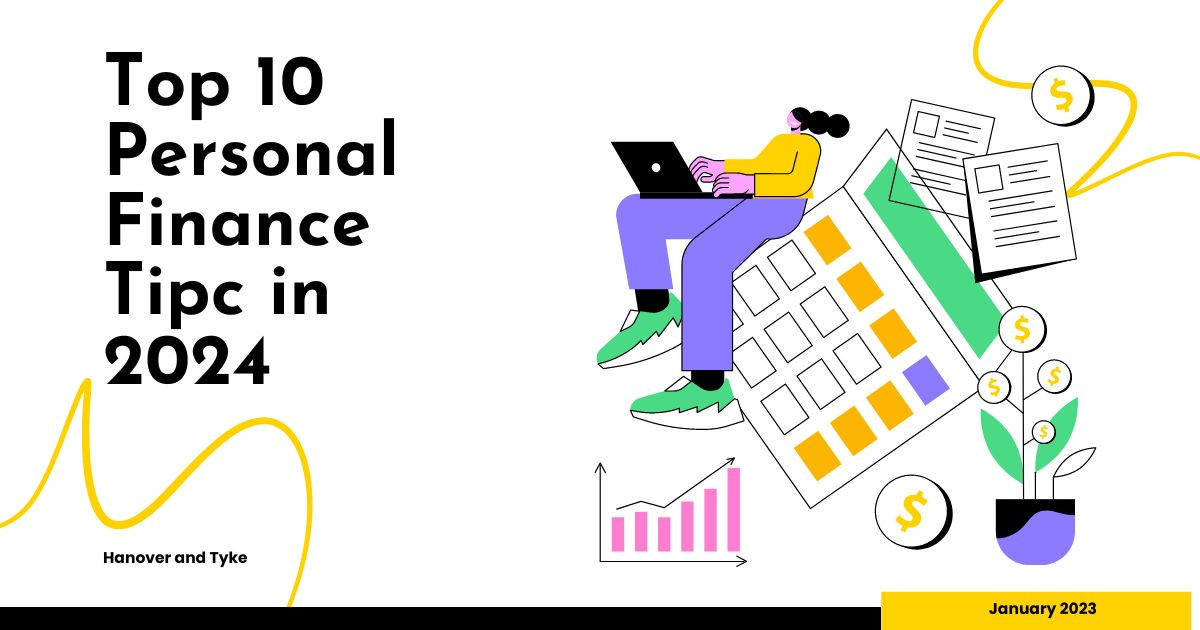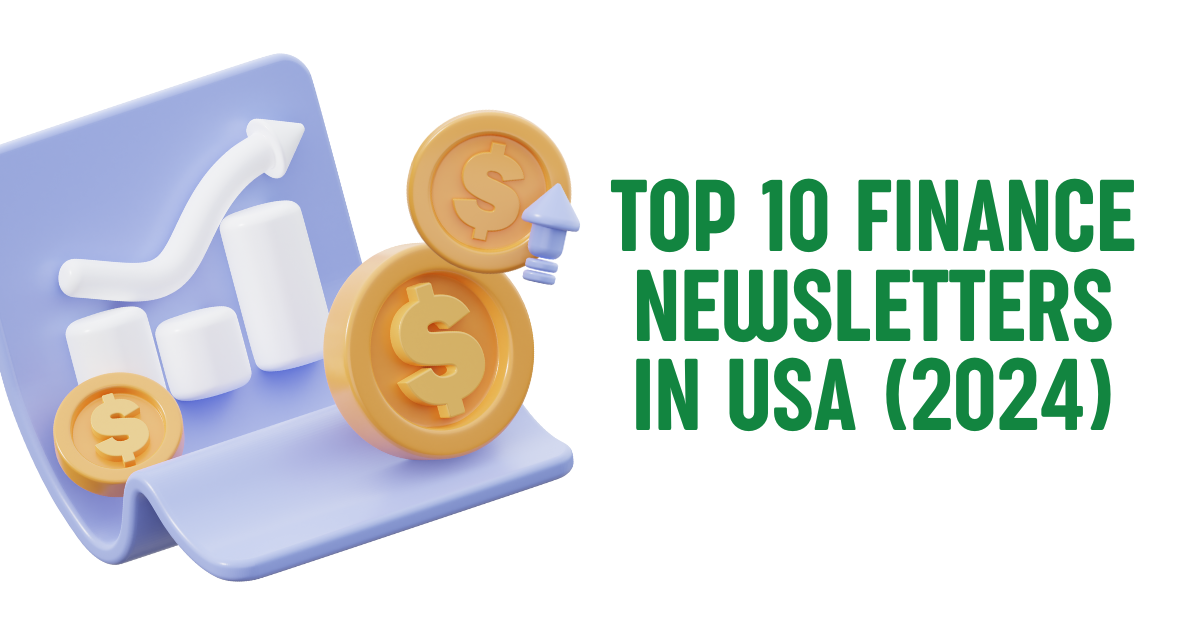
A corporate job brings retirement insecurities and a self employed person also faces such insecurities due to lack of savings planning. You can generate retirement income without an investment. self employed pension advice because it is not a one day task. Having a retirement fund ensures security for the self-employed. If you want rebate on tax then also retirement plans can be beneficial for you. With our retirement calculators you can figure out the appropriate Self Employed Retirement for you.
Plans to be considered for retirement purposes

Everyone is responsible for planning your own retirement. Before starting, you must ensure that you have the appropriate financial backing to create your plan as it is necessary to provide an appropriate pension while enjoying a future retirement plan.
Everyone wants to get retirement plans, but self-employed people may find it more difficult. With so many options available, it’s critical to select the best self – employed retirement plans which can meet your demands.
Know more : Best ways for How to get rid of debt
Following are with the top five best self- employed qualified retirement plans which can be beneficial for you:-
1. Traditional or Roth IRA
Best for : Ideal for Individuals who want to work for themselves or someone willing to quit a job to start a self business. As you’re self-employed, you can open your individual retirement account for your retirement. In this IRA, You will get the choice to convert your 401k into an Individual Retirement Account.
Contribution limit: The contribution limit is set at $7,00 and $8,000 for individuals above fifty years.
Benefit to taxes: Traditional IRA contributions are tax deductible, which indicates that the sum of money you put into your Individual Retirement Account (IRA) can be subtracted from your taxable earnings in the fiscal year in which you make the investment. This may result in decreased tax bills for the year, delivering an economic advantage to those saving for pension.
Employee component: Employees can form and manage their personal separate retirement accounts (IRAs). Qualifying for traditional and Roth IRA investments is affected by a variety of variables, namely salary and membership in employer-provided retirement plans. Employees could be contributing into their IRAs according to the yearly contributions limit imposed by the IRS. Your pension can be provided in lump sum payments or in recurring intervals.

2. Solo 401k
Best for: It is a best suitable plan for your retirement, primarily for self-employed persons, such as entrepreneurs or freelancers, working alone or with their spouse. This plan provides various advantages and benefits for self-employed individuals , seeking to have a safe future in an effective way.
Contribution limit:
In the year 2024, the maximum contribution amount is $69,000, plus a $7,500 current payment, or 100% of the salary, whichever is less. In order to get a better understanding of contribution restriction, assume yourself as both an employer and an employee.
- As a self employed ira rules, you may make contributions to the 401(k) in the same way that you would contribute to a traditional employer. Salaries are exempted up to 100% of your wages or $23,000, plus the $7,500 current contribution.
- You have the option to contribute a further twenty-five percent of remuneration in your position as the employer. Contributions from employers have to be paid before the deadline for reporting taxes, or by an extension of time if one is needed.
- For sole entrepreneurs and single-member LLCs, there is an extra law that allows you to give away 25% of your net self-employment earnings. Net income from self-employment is calculated as the gross profit less half of your tax on self-employment and your personal plan payments.
- In 2024, the greatest possible reimbursement that can be deducted from your contribution is $345,000.
Tax benefit: This plan functions similar to an ordinary 401(k) provided by a company. Investments are made before taxes, and after age 59 half, payments are subject to taxes.
Employee component: If you’ve got staff, you are unable to make a contribution. You can simply employ your partner to help with the strategy as well. Your partner can make contributions up to the employer match as well as the normal employee 401(k) contribution cap, for a maximum of $69,000 in 2024 (plus a catch-up contribution, if qualified). This might increase your combined savings by twofold.
3. SEP IRA
Best for: It is a type of retirement savings plan that is most appropriate for self-employed persons and entrepreneurs with small enterprises. This strategy is particularly fascinating because of its adaptability and simplicity of management as compared with different retirement options.
Contribution limit: The lesser of $66,000 in 2023, $69,000 in 2024, or up to 25% of compensation or net self-employment earnings, with a ($330,000) self employed sep ira contribution deadline on compensation ($345,000 in 2024) that can be used to factor the contribution. Your income generated is net profit less half of your self-employment taxes paid and your SEP contribution. No catch-up contribution. Be sure to make your contributions by the appropriate deadline, usually in April, or the extension deadline if filing for extension.
Benefits in terms of taxes: You can write off self employed sep ira limits on a tax return the smaller of what you contributed or 25% of your net self-employment earnings or remuneration, up to a limitation of $330,000 per person in 2023 ($345,000 in 2024) for every worker. Retirement payments are subject to income taxation. A Roth SEP IRA was not accessible earlier. Vice President Biden signed legislation into law in December 2022, allowing Roth contributions.
Employee element: You will be considered an employee if your employer contributes the same proportion for every eligible employee. This implies that when you set aside 10% of your personal salary, you also have to set aside the same of the pay for each qualified employee.
Also Read : 5 Passive Income Ideas to Help You Make Money in 2024
4. SIMPLE IRA
Best for: Small companies with a staff of not more than 100 and independent contractors are ideal candidates for this IRA. Employers and employees may both contribute to a tax-free way to save for retirement. The strategy is easy to set up and reasonably priced.
Contribution cap: $15,500 maximum in the year 2023, plus $3,500 for people 50 years of age or above (maximum of $16,000 plus $3,500 catch-up in 2024). The total amount of all investments, cannot go above $22,500 in 2023 or $23,000 in current year. Additionally, contributions must be submitted by tax day or, if necessary, the deadline for extensions.
Tax benefit: Traditional contributions are tax-deductible, but pension payments are subject to taxes. Employee fund contributions are excluded as business expenses. With impact from 2023, the legislation enacted in December 2022 permits Roth contributions.
Employee component: You aren’t the only one who has to make contributions, unlike with a SEP IRA. Through pay deferral, workers can make a contribution. Employers must, however, normally either provide fixed payments of 2% to each qualifying worker or match payments up to 3 percent of their salaries into the accounts of employees. Selecting the second choice opens the worker from being required to contribute in order to get your contribution. Factoring donations have a limit on pay of $330,000 in 2023 and $345,000 in current year.
5. Defined benefit plan

Best for: A high earner who works for themselves, has no workers, and wishes to consistently save a large amount of money for retirement.Custom contribution estimates according to pension advantages, retirement age, and estimated investment return are possible with the Defined Benefit Plan for high-earning self-employed persons who want to save a sizable amount for future.
Contribution limit: Custom contribution estimates according to pension advantages, retirement age, and estimated investment return are possible with the Defined Benefit Plan for high-earning self-employed persons who want to save a sizable amount for the future.
Tax benefit: self employed qualified retirement plan distributions are taxed as revenue and investments tend to be tax-free. An extra administrative layer is added when a financial advisor determines your deduction limit.
Employee Component: If you have staff, you often provide a pension scheme to them and contribute on behalf of them.
Also Read : What Factors Shape the U.S. Economic Outlook 2024
Conclusion
Self-employed Retirement plans for independent contractors provide a variety of choices suited to various requirements and situations. Optimizing your savings for retirement capability requires a thorough understanding of contribution limitations, tax benefits, and personnel components, regardless of the type of account you select—Traditional or Roth IRA, Solo 401(k), SEP IRA, SIMPLE IRA, or Defined Benefit Plan. These were some self employment ideas for retirees that can assist in saving money. Look into several self-employed retirement plans to see which one best suits your eventual retirement aspirations and monetary goals.







